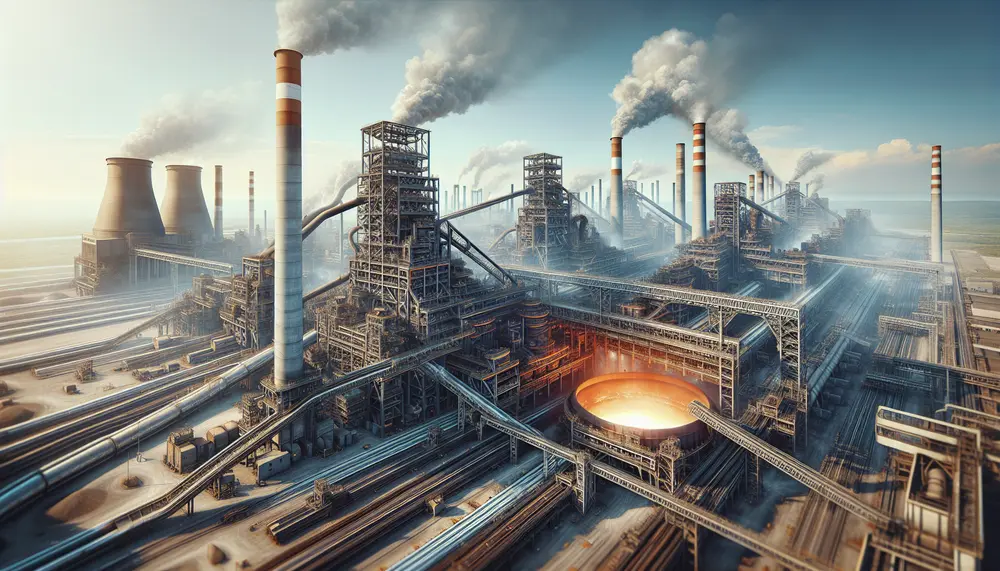Tempering
Tempering
In der Welt der Stahlproduktion und des Stahlhandels gibt es viele Techniken und Prozesse, mit denen die Eigenschaften von Stahl verändert und verbessert werden. Ein solcher Prozess ist das "Tempering". Aber was genau bedeutet das? In diesem Glossar-Eintrag erfahren Sie alles, was Sie über das Tempering wissen müssen.
Tempering: Eine Definition
Unter "Tempering" versteht man das kontrollierte Erhitzen und anschließende Abkühlen von gehärtetem Stahl. Dieser Prozess hilft dabei, den Stahl widerstandsfähiger und flexibler zu machen. Ohne Tempering wäre Stahl sehr spröde und könnte leicht brechen.
Der Prozess des Temperings
Der Prozess des Temperings beginnt damit, dass der gehärtete Stahl auf eine bestimmte Temperatur erhitzt wird. Diese Temperatur variiert je nach Art des Stahls und seiner gewünschten Eigenschaften, liegt aber in der Regel zwischen 150 und 500 Grad Celsius. Nachdem der Stahl auf diese Temperatur erhitzt wurde, wird er langsam abgekühlt. Dieses allmähliche Abkühlen ist eine wichtige Phase des Tempering Prozesses und unterscheidet es von anderen Wärmebehandlungsmethoden wie Anlassen oder Härten.
Die Vorteile des Temperings
Der Hauptvorteil des Temperings ist, dass es den Stahl widerstandsfähiger gegen verschiedene Formen des Verschleißes macht. Beispielsweise wird der Stahl durch das Tempering widerstandsfähiger gegen Bruch unter Belastung. Zudem ermöglicht das Tempering eine bessere Kontrolle über die mechanischen Eigenschaften des Stahls, so dass er besser an die spezifischen Anwendungen und Anforderungen der Kunden angepasst werden kann.
Tempering im Stahlhandel
Im Stahlhandel ist das Wissen um das Tempering wichtig, da unterschiedliche industrielle Anwendungen und Produkte spezifische Stahleigenschaften erfordern. Indem man die feinen Details des Tempering-Prozesses versteht, kann man besser vorhersagen, wie der Stahl sich verhalten wird, und die richtigen Produkte für die jeweilige Anwendung auswählen. Daher ist das Tempering ein unverzichtbarer Prozess, um die Qualität des Stahls zu gewährleisten und seine Verwendung in einer Vielzahl von Industrien zu ermöglichen.
Blog Posts with the term: Tempering
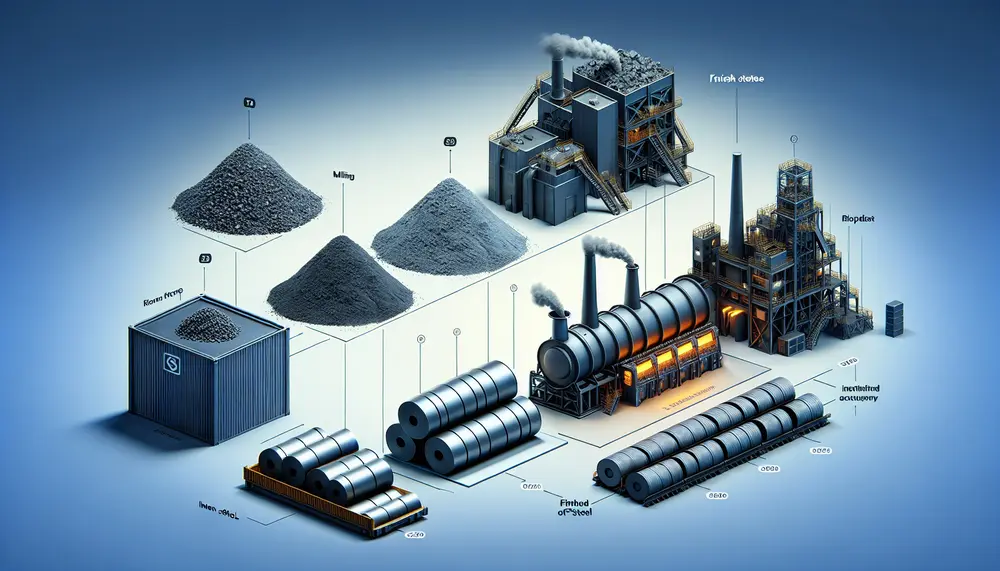
The steelmaking value chain is a complex process that transforms raw materials like iron ore, coking coal, and limestone into high-quality steel through strategic steps involving technological innovation to optimize efficiency and reduce environmental impact. Understanding this value chain helps...
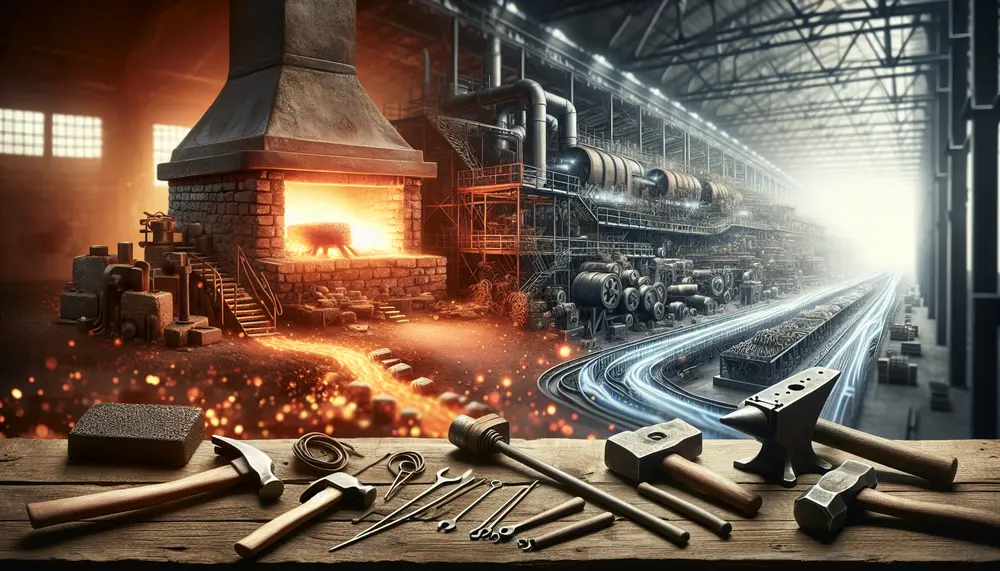
Steel's origins trace back to meteoric iron and evolved with human discovery of smelting around 2500 BCE, leading from the Bronze Age into the Iron Age. The Bessemer Process in the mid-19th century revolutionized steel production, enabling mass production and...
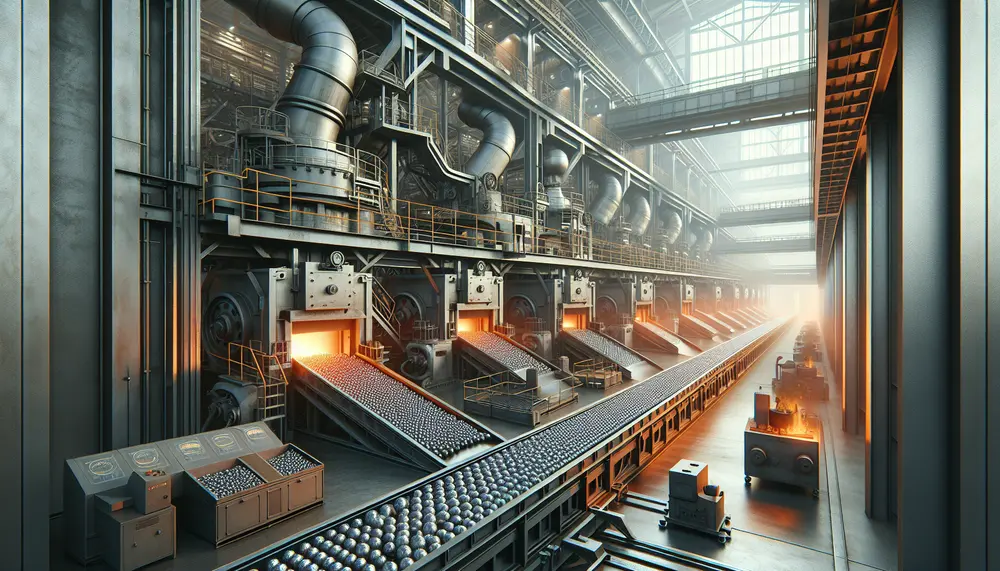
The manufacturing of steel balls is a complex process involving precise steps to produce high-quality products for various applications. It starts with selecting the right raw materials and includes forging, flashing, heat treating, grinding, lapping, and rigorous inspections to ensure...
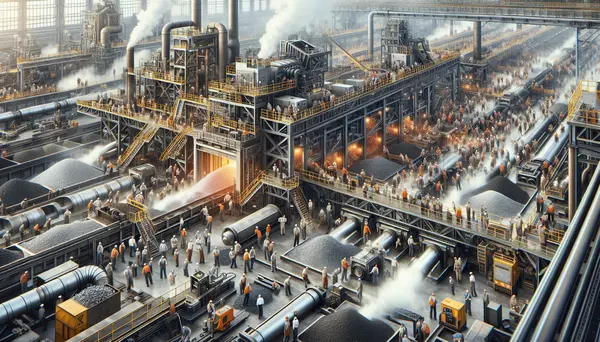
The iron and steel industry is undergoing a new era of innovation, driven by advancements in automation, energy efficiency, and carbon reduction. Key trends include the use of AI and IoT for fully automated plants, advanced production technologies that require...
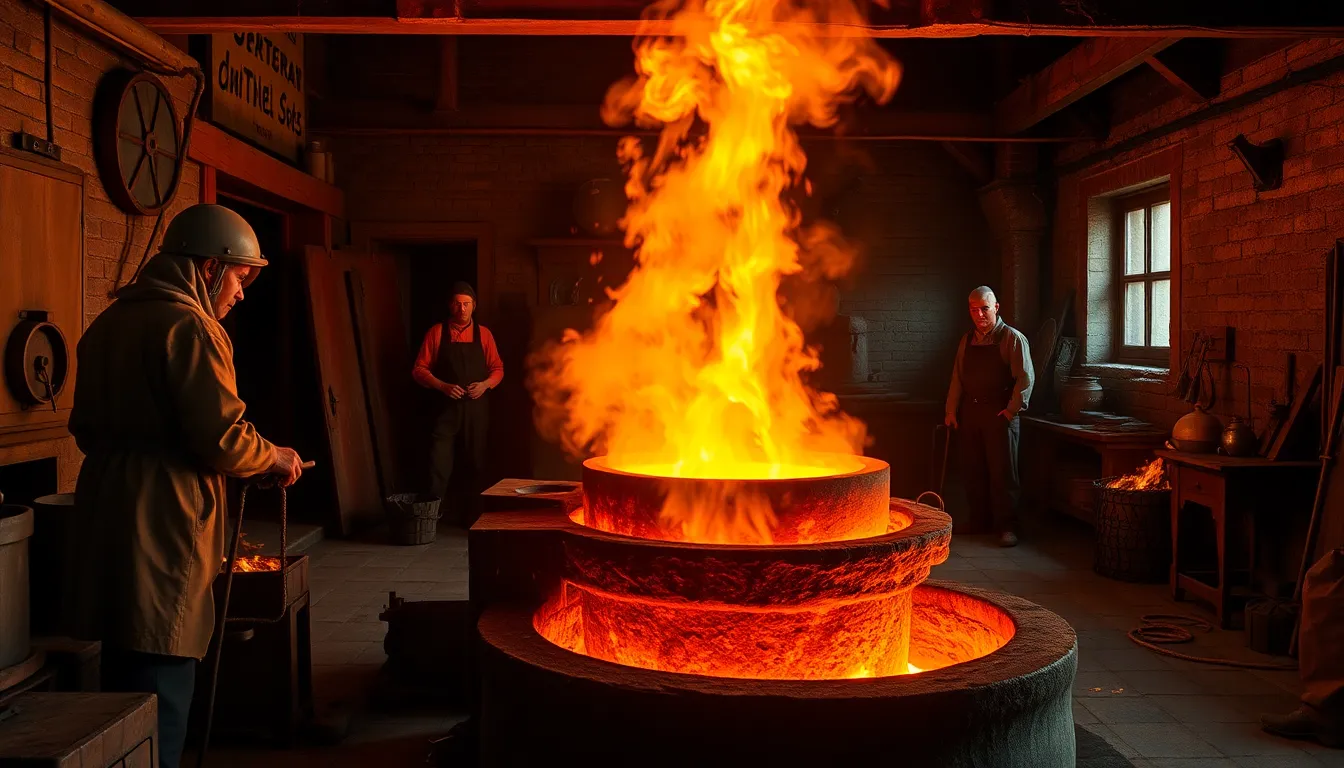
The article traces the evolution of steelmaking from ancient techniques to significant medieval innovations, highlighting early methods like iron carburization and bloomery processes that evolved into more efficient practices with the introduction of blast furnaces. It also covers Renaissance advancements...
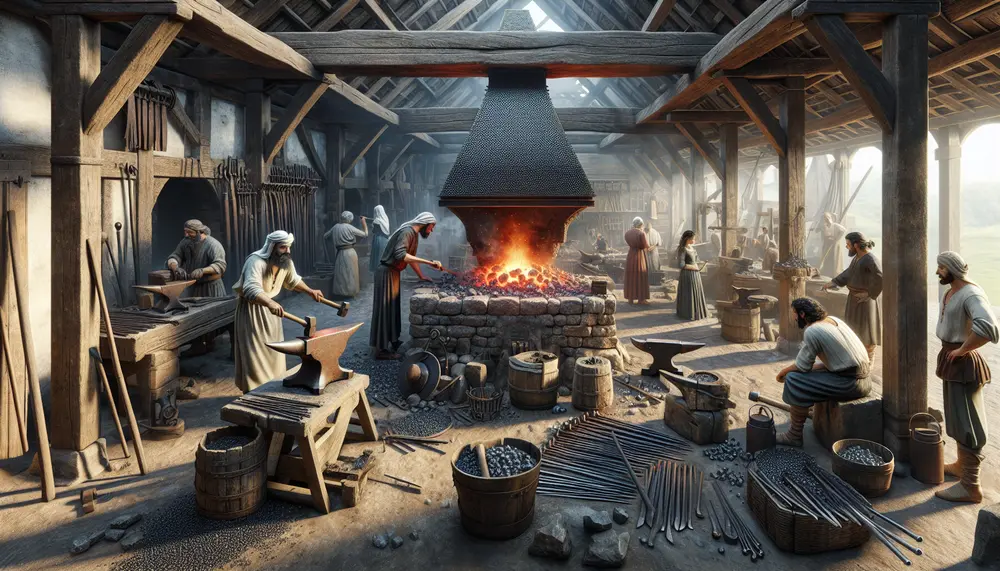
The article "Introduction to Ancient Steel Making" explores the historical context, key techniques, and materials used in ancient steel production across various civilizations. It highlights how early methods influenced modern steel making and underscores the ingenuity of our ancestors in...
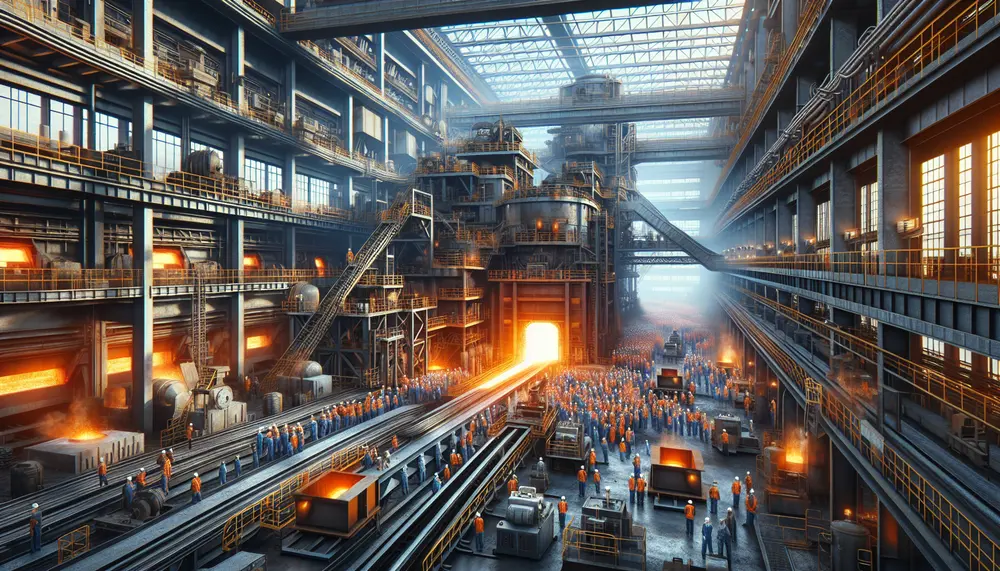
The article provides a detailed overview of the steelmaking process, starting from raw material extraction to final product creation. It emphasizes the importance of understanding each stage and the key materials involved—iron ore, coal, limestone, and scrap metal—to produce high-quality...
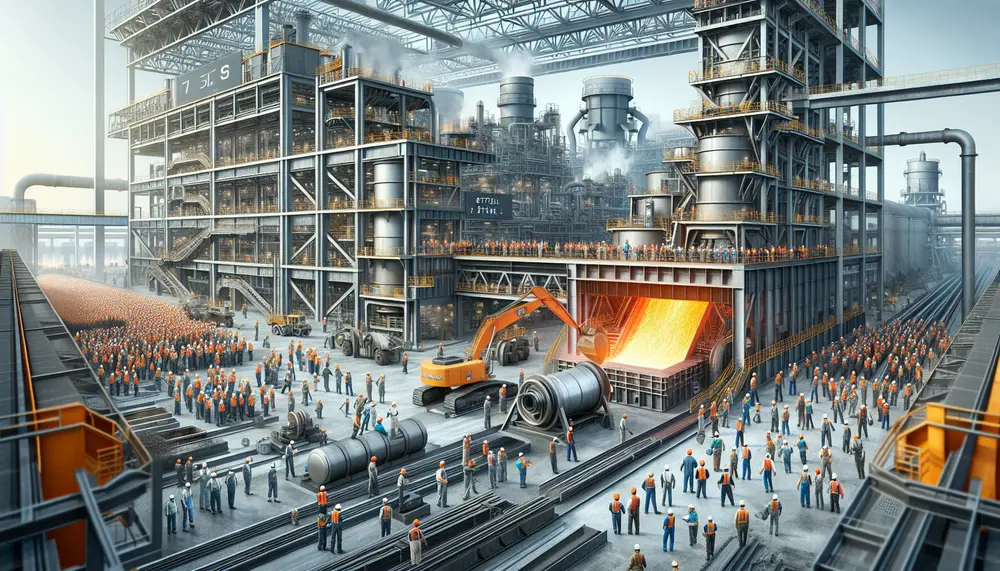
The article explains the steel production process using a detailed steelmaking diagram, which visually breaks down each step from raw material preparation to finishing processes. It covers two main methods of steelmaking—Basic Oxygen Steelmaking (BOS) and Electric Arc Furnace (EAF)—and...
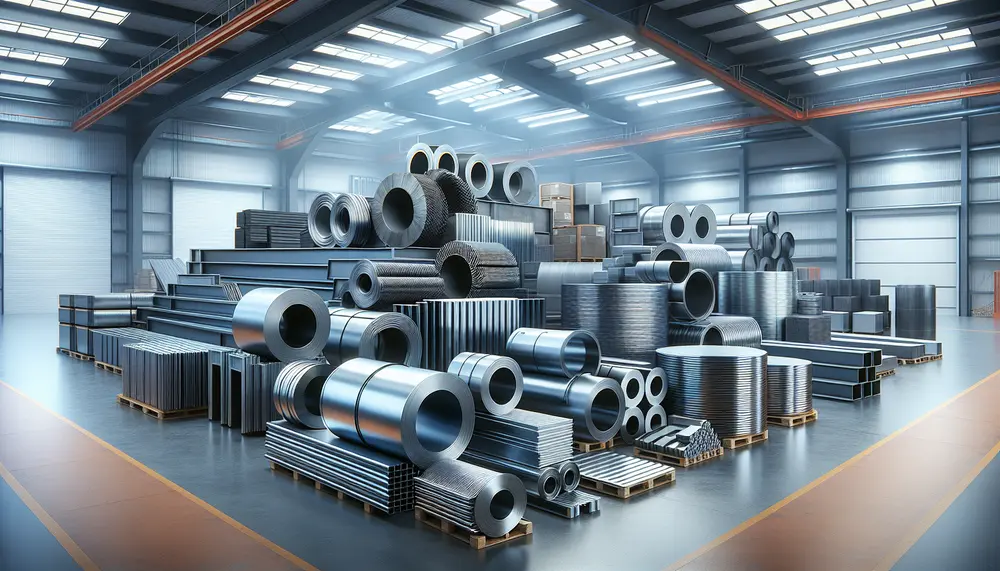
Steel is an iron-carbon alloy with varying carbon content that determines its hardness, ductility, and tensile strength; other elements like chromium can be added to enhance specific properties such as corrosion resistance. Steel products are categorized into four main types:...
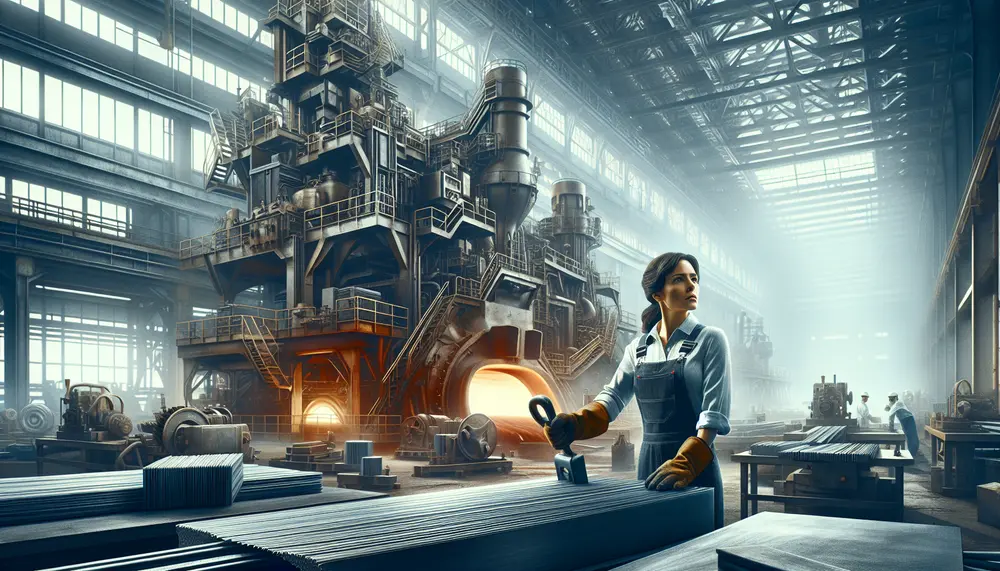
The article provides a comprehensive guide to steel production, simplifying core concepts for beginners and detailing key processes such as the Basic Oxygen Furnace (BOF) and Electric Arc Furnace (EAF) methods. It covers essential steps from ironmaking to finishing, offering...
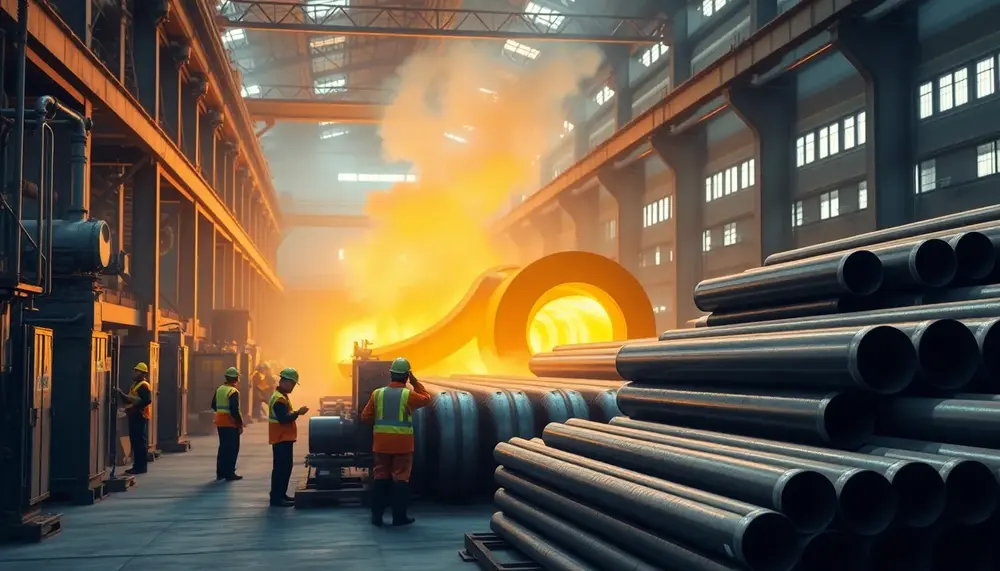
Steel tube manufacturing is essential for industries like construction, energy, and transportation, offering seamless tubes for strength and welded ones for cost-efficiency. The processes involve precise engineering to ensure durability, versatility, and performance tailored to specific applications....
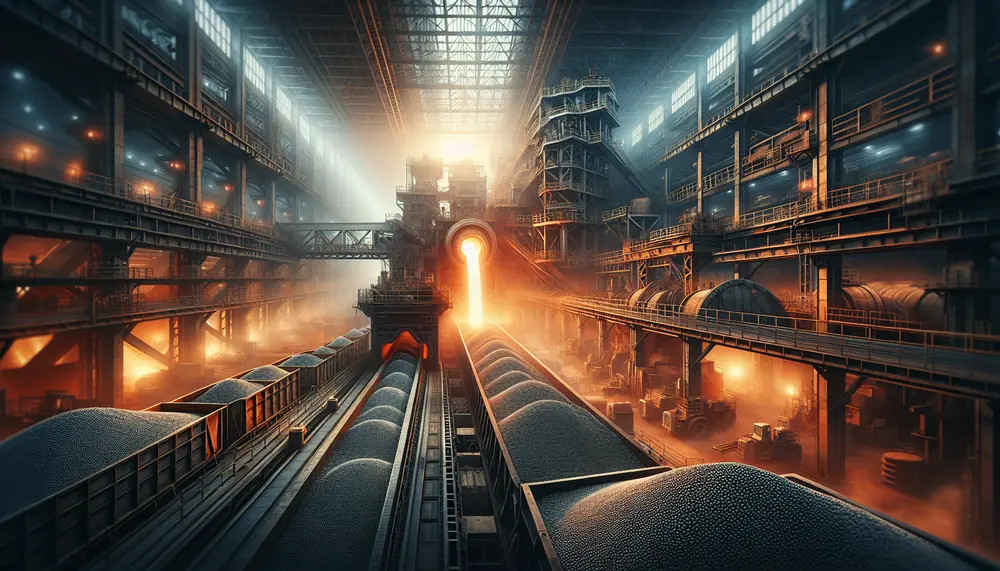
The article details the steel shot manufacturing process, from melting high-quality steel and atomizing it into droplets to cooling, sorting by size, heat treating for hardness and elasticity, conditioning for shape uniformity, tempering for toughness, rigorous testing for quality assurance...
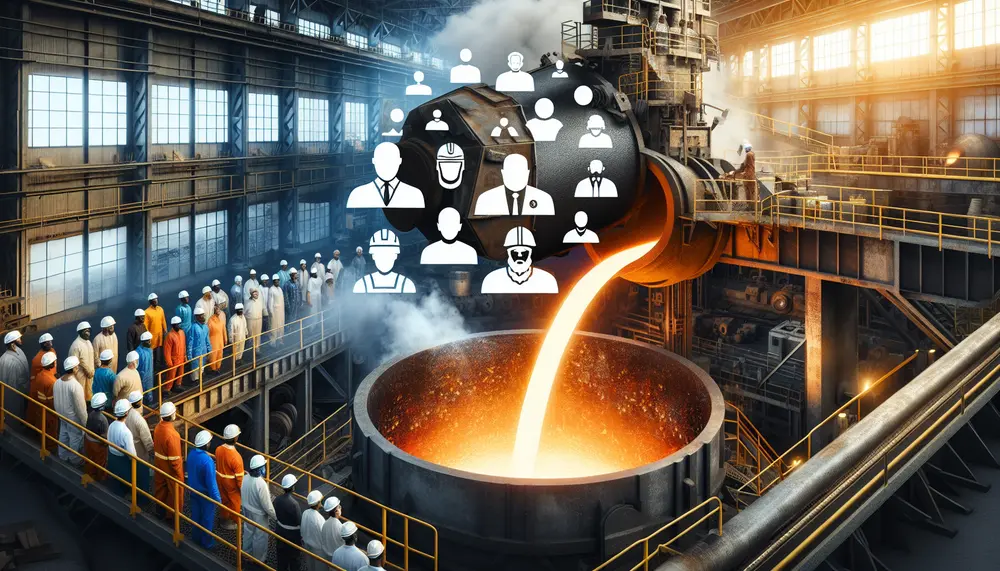
The concept of steelmaking grade is crucial in determining the quality and properties of steel, influencing efficiency, durability, and safety across various industries. Steel grades are classified based on chemical composition and production processes, with advancements in technology and global...
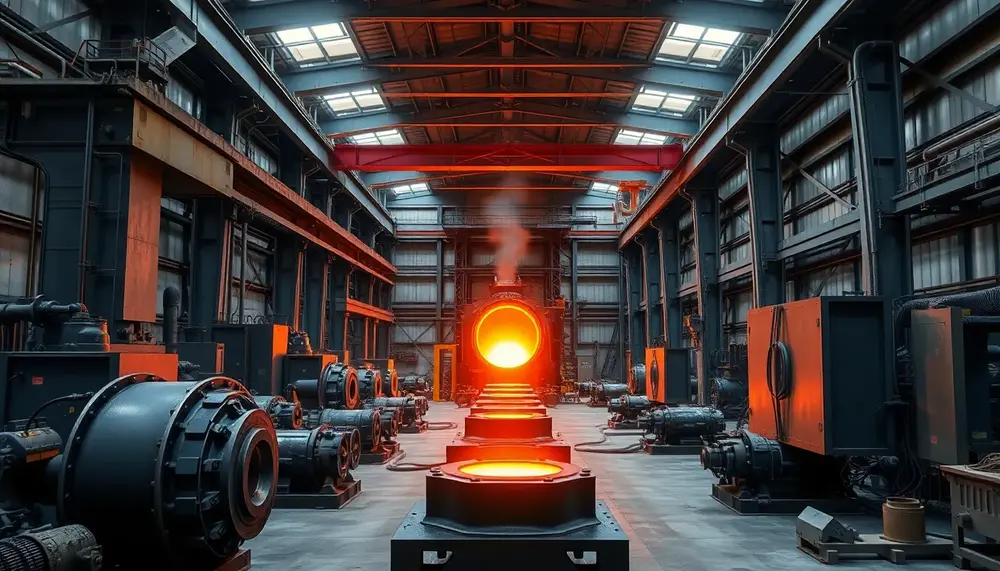
Steel production is a complex process combining traditional methods and modern technology to transform raw materials into versatile, durable products essential for industries like construction, automotive, energy, and consumer goods. Its adaptability ensures steel remains vital in innovation and sustainable...

